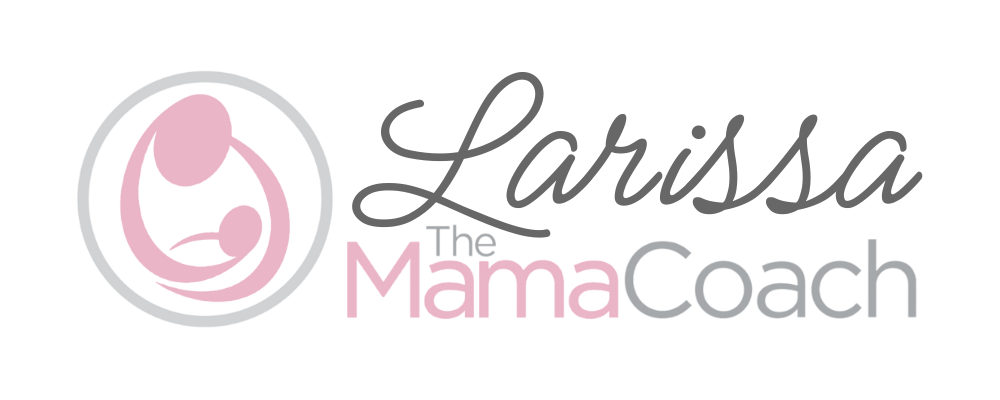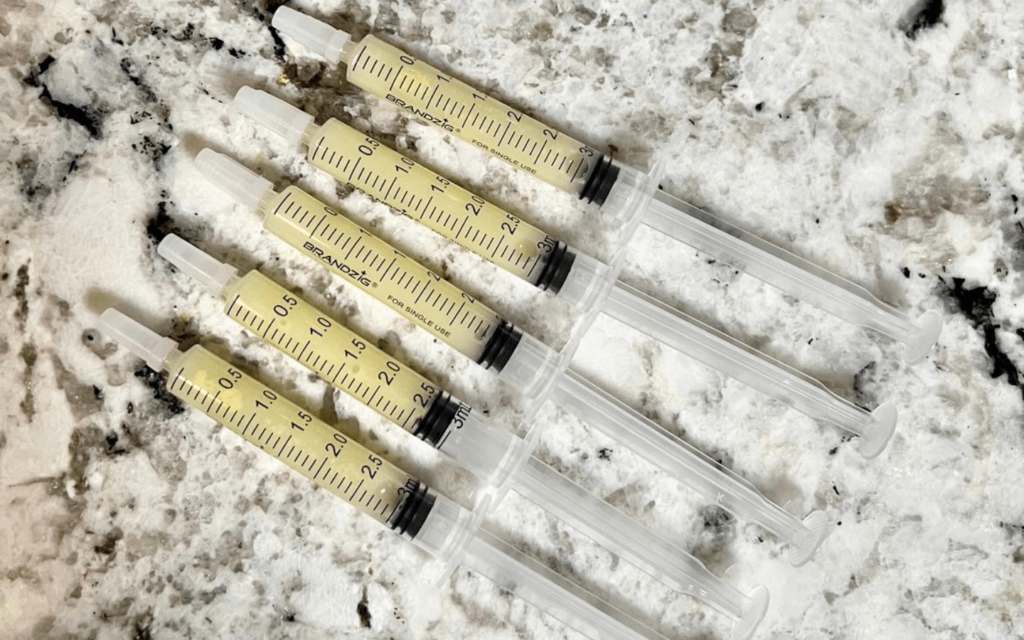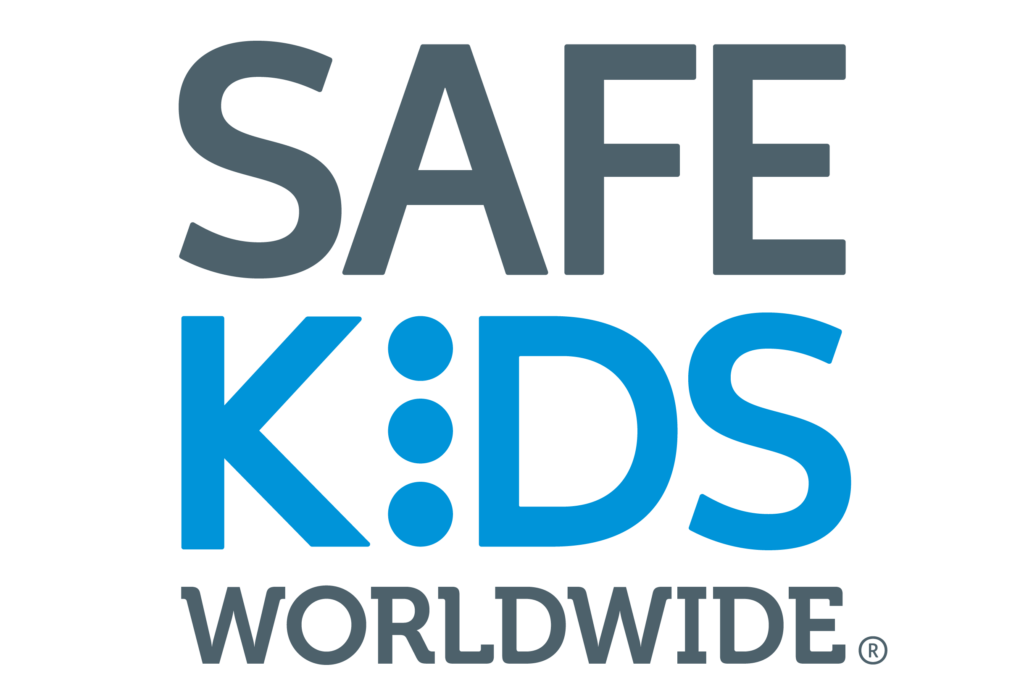Antenatal hand expression is the process of harvesting and storing colostrum while you are still pregnant. Collecting colostrum during pregnancy can be started around the 37th week of pregnancy as long as you’ve obtained approval from your OB provider.
What are the benefits of collecting colostrum during pregnancy?
Infants are often sleepy after delivery, and may not latch frequently. Other times you may be temporarily separated from your newborn, or due to other risk factors they may not be able to nurse effectively at the breast. A major benefit of antenatal hand expression is having a stash of colostrum available if your newborn requires supplementation. If your preference or goal is to avoid formula, you can use your harvested colostrum until your baby is ready to feed at the breast.
Collecting colostrum during pregnancy may also help to bring your mature milk in faster after delivery, and can set the stage for a more copious milk supply.
Another reason to hand express during pregnancy is that you will get comfortable with this important skill before your baby arrives. Hand expression is a very useful tool for the initial postpartum period, and should be recommended to you if your newborn is not directly latching. It’s also helpful for relieving engorgement. Finally, you never know when you might need to express milk without having access to a pump, which is why learning this skill can be helpful even if you don’t use it in the immediate postpartum period. Some breastfeeding parents actually report expressing milk more effectively with hand expression as compared to the breast pump.
Who should harvest colostrum during pregnancy?
Almost everyone can harvest colostrum during the end of pregnancy, however, it may be particularly beneficial for:
- Those who had challenges establishing a sufficient milk supply with a previous pregnancy
- Gestational diabetics (or pre-pregnancy diabetics)
- Those whose infants are thought to be large or small for gestational age
- Those with a history of breast surgery (especially breast reduction)
- Those who experienced little or no breast growth during puberty and subsequently pregnancy (a condition known as Insufficient Glandular Tissue)
- Those pregnant with twins or multiples
These risk factors may lead to supplementation after delivery, so having a stash of frozen colostrum available is especially helpful. Even if you don’t have any risk factors, collecting colostrum during the end of pregnancy may increase your chances for a successful start to breastfeeding.
There are some cases where hand expression in pregnancy may not be safe. This is why it’s important to discuss hand expression with your OB provider. Examples include:
- If you have a history of preterm labor
- If you have a history of a shortened cervix, or if you have had a suture in your cervix to prevent preterm labor
- If you have a low-lying placenta or placenta previa
When can I start collecting colostrum during pregnancy?
Starting around 37 weeks, you can hand express one to two times a day, until your baby is born.
What supplies do I need?
You’ll need something to express your colostrum into (like a medicine cup), sterile syringes with caps, and labels. These supplies can be purchased online or at medical supply stores, but often they are only sold in bulk.
If you are in the United States, I have Antenatal Hand Expression Kits available for purchase. These kits contain everything you need to express and store your colostrum. Also included is a hand expression tutorial video. Click here to learn more – shipping is free!
How do I hand express?
- Wash your hands thoroughly with soap and water
- Make a “C” with your hand and place it on your breast, with your thumb and your pointer finger about one inch from your areola
- Press gently back towards your rib cage
- Then, gently compress your thumb and pointer finger together toward the nipple and hold for a few seconds
- Repeat. Think “compress, press, release, repeat.” Hand expression should not hurt
- As drops of colostrum form on the edge of your nipple, catch them into a medicine cup
- Repeat this two or three times (or until the colostrum slows), then move your hand clockwise (or counterclockwise) around the breast to stimulate all of the ducts. Typically it takes 5-10 minutes to hand express each breast in the colostrum phase.
Initially, you may not see a lot of colostrum, and that is normal. Healthy newborns only require between 2-10 mLs of colostrum per feeding in the first 24 hours of life. This need will increase daily as their stomach grows. The stimulation from hand expression is important. Keep going, and with consistency, you will see the volume increase over time.
How do I store colostrum?
Use a clean syringe with a cap to draw up what you expressed. Label it with your name and the date the milk was collected. Labeling it with your name is especially important if you plan to take your colostrum to the hospital. Your colostrum can be stored in the freezer for six months.
Add frozen colostrum to your list of things to bring to the hospital. Travel with it in a cooler over ice. Because it is a small volume, colostrum thaws very easily. Once it’s thawed from frozen, it should be used within 24 hours or discarded. When you arrive at the hospital, ask the staff to put it in a freezer designated for human milk. Most birthing facilities have one in the NICU or nursery. You can call in advance to ask about human milk storage location and any labeling requirements they may have for the colostrum.
If I need to supplement, how should I feed the colostrum to my newborn?
Your baby only needs a very small amount of colostrum during the first few days of life, as their stomach is the size of a marble when they are born. If your infant is latching well, you may not need to use the colostrum at all (more on what do with it later in this blog!). If your newborn is extra sleepy, separated from you, or not latching well, request that they be supplemented with your colostrum. You can thaw colostrum by letting it sit at room temperature for a few minutes or by running the capped syringe under lukewarm water.
Thawed colostrum can be fed to your newborn directly via a syringe, spoon, or small open cup. The hospital staff should be able to provide these supplies and teach you how to feed your newborn using these methods.
Here are some other frequently asked questions about expressing colostrum during pregnancy:
Will I run out of colostrum before my baby is born?
Your body will continue to make more colostrum as it is expressed. It will not run out!
Will hand expression cause contractions?
By performing hand expression, you will stimulate your brain to release oxytocin. Oxytocin is the same hormone that ejects mature milk from your breast and contracts your uterus. Studies show that those who hand express at the end of their pregnancy are no more likely to go into labor than those who don’t. As mentioned earlier, be sure to get the okay from your OB provider prior to beginning antenatal hand expression.
What should I do if my newborn isn’t latching?
If your baby isn’t feeding at the breast, give them your harvested colostrum, expressed breastmilk, or formula based on your preferences and the recommendation of your child’s healthcare provider. If colostrum or human breast milk is available, those are typically fed to an infant first, then formula is used as needed. To protect your supply, hand express every 2-3 hours (at least 8 times in 24 hours) until your milk is in. After your milk is in, pump every 2-3 hours (at least 8 times in 24 hours) to establish and protect your supply. Hand expression after pumping will also help improve your supply.
What if I don’t end up using my colostrum to supplement?
If you didn’t need to use your colostrum as supplementation you can use it during periods of cluster feeding that occur before your milk is in as a “nipple break”. Here’s an example: let’s say your baby is 48 hours old and is nursing well at the breast. Your milk still isn’t in. Earlier in the day, your baby was feeding every 2-3 hours. That evening, your baby suddenly wants to feed every hour. This is normal! You can give your baby some colostrum during periods of cluster feeding to give yourself a break. Be sure you are still stimulating your breasts frequently (8-12 times in 24 hours) to protect your supply. Since colostrum is packed with antibodies, some parents choose to feed it to their infants during illness. It’s also a natural laxative and can be helpful to save if your infant is constipated. Finally, colostrum can also be used topically for wound healing!









